This year, Huawei’s hardware and software development progressed rapidly. The forefoot unveiled a series of new interconnections on the HDC of Songshan Lake in Dongguan. The first step was to launch the first Kirin 990 5G processor with integrated 5G baseband at the Berlin IFA.
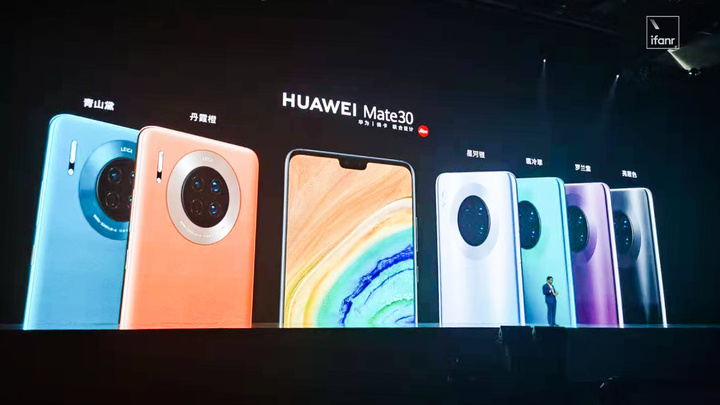
Currently, the Huawei Mate30 series is a summary of Huawei’s achievements in 2019. It adopts a new design, the latest Huawei processor, and is equipped with Huawei’s most advanced imaging system. This is not enough. They also used a large curved hypersurface ring screen in this phone.
If last year’s Huawei Mate20 Pro you feel that its screen is not enough, then this updated “ring screen” is believed to suit your taste.
The ring screen and the big ring are its business cards
In my impression, the design of Huawei Mate series has always been mature and business style. From the early Mate7 to the previous years, Mate10, the straightforward design has become a business card of the series.

But after two years of observation, I found that my impression of the Huawei Mate series has gradually changed. If last year’s Huawei Mate20 series was the beginning of the series of design gradually detached from the business of curing labels, then this Huawei Mate30 series is more evolutionary fashion, from a financial magazine into a fashion magazine.
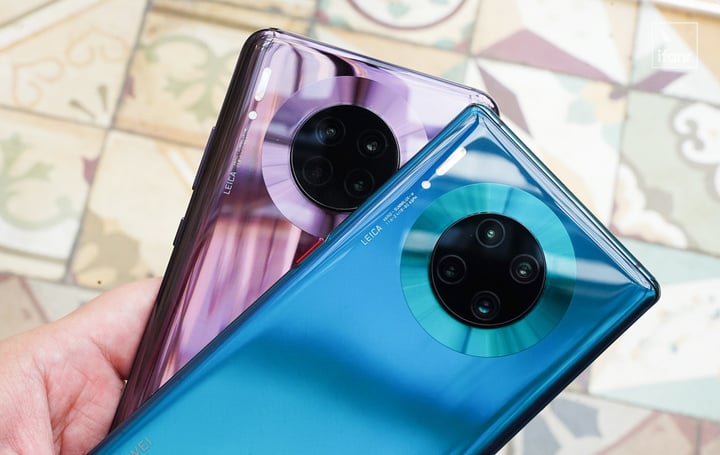
The huge ring is like the camera designed by the Mate20 series of super-sports lights last year. It has become the protagonist of the whole series, so you can recognize this as the Huawei Mate30 series mobile phone at a glance.
This is my initial impression of the entire Huawei Mate30 series.
This year, the Huawei Mate30 series continues the dual-machine strategy. The standard Huawei Mate30 continues to adopt a full-screen design and provides 1080P resolution. There are two openings in the top area – a 24 megapixel camera and a sensor, and the earpiece is designed between the edge of the glass and the bezel.
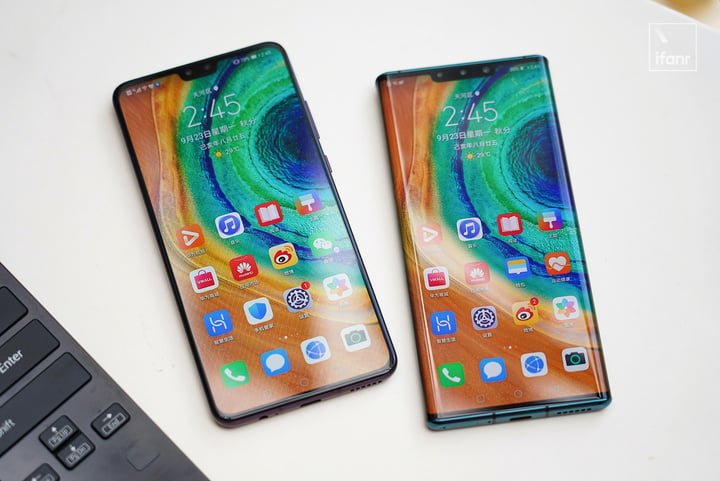
Because this year’s Mate30 Pro uses a super-curved “ring screen”, this year’s mobile phone is as good as you can see, it is more amazing than the previous curved screen mobile phone.
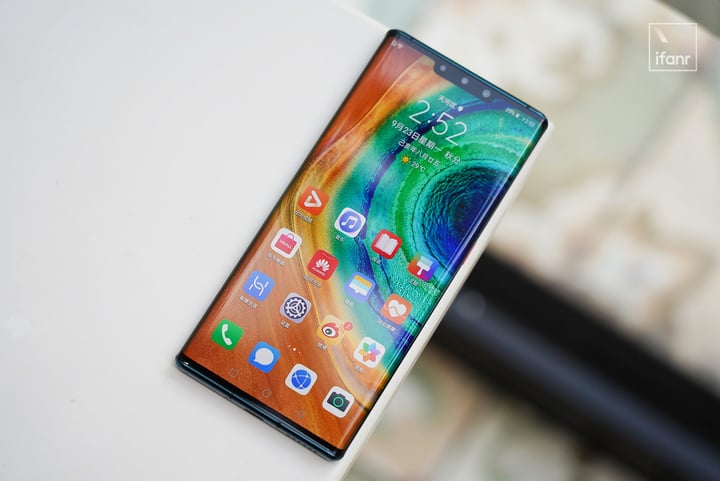
This 6.53-inch ring screen provides 2400 × 1176 resolution, supports DCI-P3 wide color gamut display, and uses a 18.4:9 ratio design, so the Mate30 Pro is on the desktop or in the hand. It will feel that it is much longer than other mobile phones, and the four R angle transitions will be closer to vertical than Huawei Mate30.
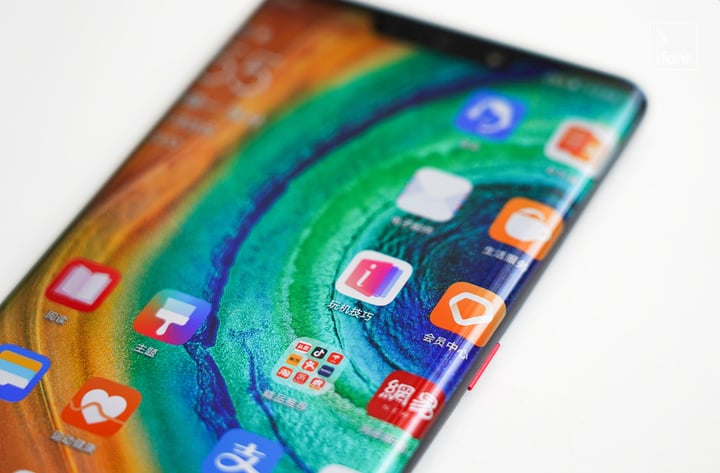
As we have previously evaluated the ring screen, mobile phone manufacturers are committed to the development of large curved screens. In addition to simply improving the visual beauty and high-end feeling, there is also a design trend that caters to the shrinking of mobile phone openings.
Compared to the traditional full screen, the almost vertical ring screen can replace the middle frame to the back of the phone, and replace the physical pressing with the side screen touch, thereby improving the body integrity.
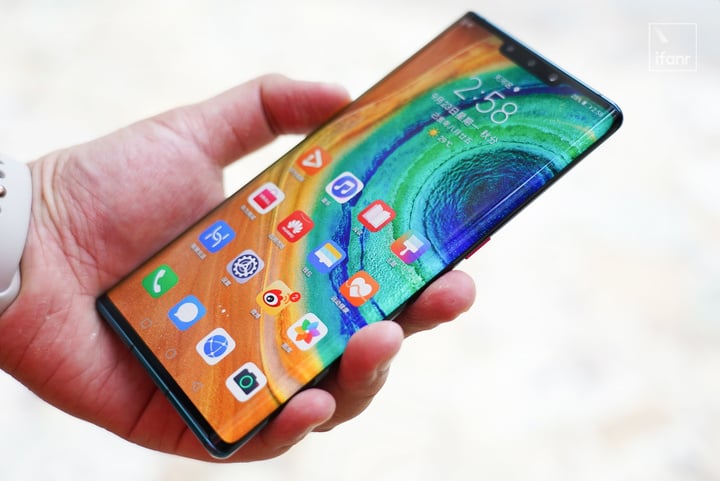
So you can also see that the side of Huawei Mate30 Pro has no physical buttons except the power button, and the original volume adjustment function is given to the side screen touch.
In the phone settings, we can set the unilateral or double-sided double-clicking the volume slider, and move it up and down in the side screen section. At the same time, the system will also be accompanied by a linear motor vibration feedback, which makes people feel like Dial the same mechanical pulley.
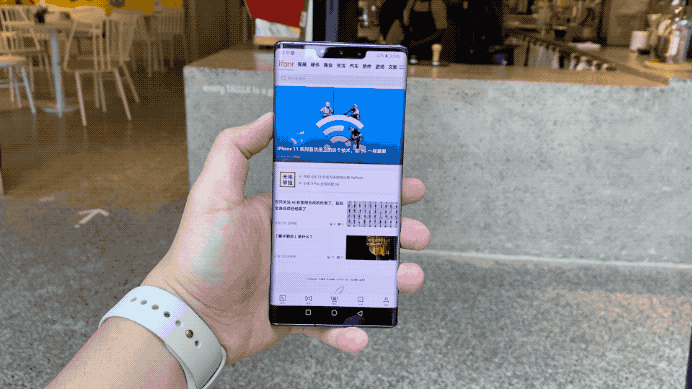
The other function of the side screen is to take into account the four-finger operation of the game. This can be regarded as the function of being called a selling point by various game phones. Nowadays, the side screen also replaces the physical L/R button of the game phone, and realizes four-finger game operation through touch.
Of course, whether you can win the key or not depends on the technology.
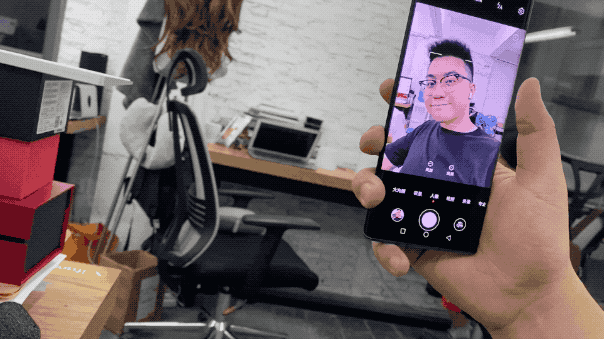
Although in this evaluation machine, we can only use the side screen touch to take the self-timer shutter and control the volume, but from the sliding interaction mode of the mobile phone manufacturers in the past, I believe that Huawei should give more side screens later. Features.
For example, quickly adjust screen brightness, open applications, call out menus, etc., to diversify the role of side screen design.
It is worth mentioning that due to the cancellation of the physical volume button, there is a slight change in the function of the key combination such as “volume button + power button”. For example, if you want to take a screenshot, please tap the screen with your knuckles or Hold a punch towards the screen.

The top of the Huawei Mate30 Pro is slightly longer than the Huawei Mate30 because there are as many as five internal sensors. In addition to the must-have front-facing cameras, this section also features a set of 3D motion detection, gestures, ambient light and distance sensors that are hidden underneath the screen and sounded by magnetic hangover technology.
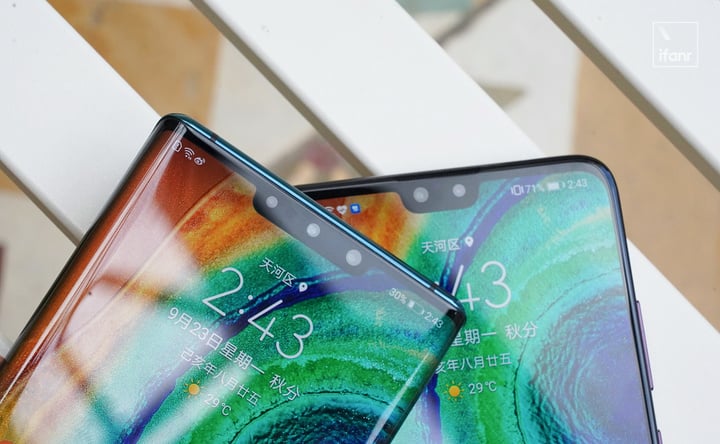
In addition, we can also use the photoelectric principle-based in-screen fingerprint recognition in Huawei Mate30 or Huawei Mate30 Pro as a supplement to face recognition unlocking.
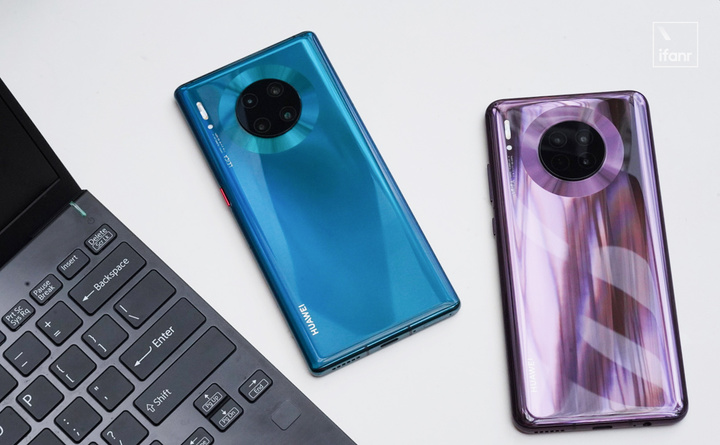
The two Huawei Mate30 series have a bright Halo aura around the camera, which is where you can recognize the phone model at a glance.
In other parts of the ring, Roland’s purple color matching Huawei Mate30 is a fully polished design that combines 3D curved glass to create a cobblestone-like feel; The surface of Huawei’s Mate30 Pro is coated with fine sand, which is not easy to stick to fingerprints, and the handle is relatively more polished than the polished one.
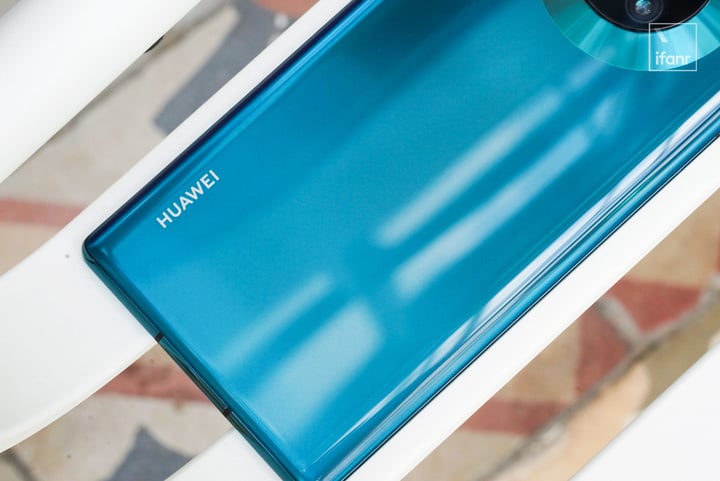
For me, I would prefer the Huawei Mate30 Pro, which has more hand-handling feel.
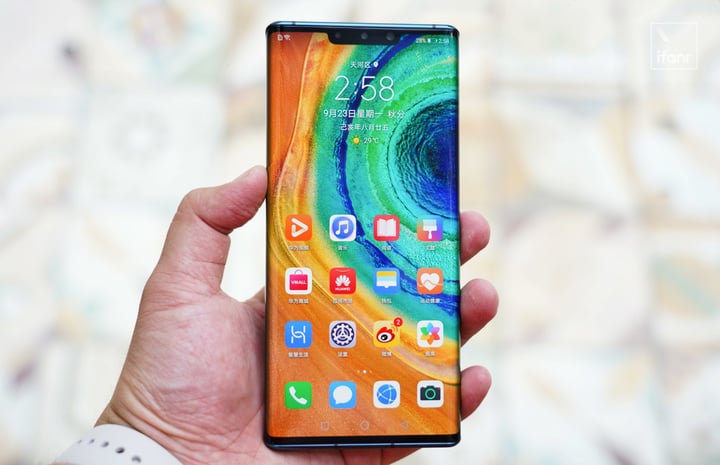
In terms of weight, Huawei Mate30 and Huawei Mate30 Pro weighed 196 grams and 198 grams respectively. In today’s 5G mobile phone, 200 grams of weight, the weight of the two phones is still acceptable.

As for the details of the two phones, the Huawei Mate30 continues to be equipped with 3.5mm headphone jacks, but the Huawei Mate30 Pro is integrated into the Type-C interface.
The upper and lower borders of the Huawei Mate30 Pro are similar to the P30 Pro, and the Huawei Mate30 maintains the curved design.
Four photos of Leica movies, the heart of the big ring
Camera configuration, Huawei Mate30 Pro equipped with a “double 40 million” rear super-sensitive Leica movie four-camera system.
Under Huawei’s Mate30, the Huawei Mate30 Pro uses dual-main camera, in which the super-sensitive camera uses a 1/1.7-inch 40-megapixel RYYB sensor; the movie camera, which is a super wide-angle camera, is replaced with a 1/1.54 The 40-megapixel RGGB sensor maintains high pixel characteristics while expanding the sensor area to ensure image quality in ultra-wide-angle shooting.

In the current Android camp, the ultra-wide-angle cameras of multi-cameras basically use only 12 million pixels to 16 million pixels of sensors. Some entry-level phones also have super wide angles, but only 8 million pixels. Basically, it can only guarantee the basic super wide-angle shooting needs.
But now, Huawei’s Mate30 Pro’s ultra-wide-angle lens uses a 40-megapixel 1/1.54-inch CMOS with a higher specification than the wide-angle lens. This configuration is also the most sincere in this year’s flagship phone.
Moreover, the super wide-angle lens of Huawei Mate30 Pro also needs to take into account the super macro shooting function. If you switch to a higher-pixel mode to shoot, you will have a more detailed expression when presenting the details of the object.
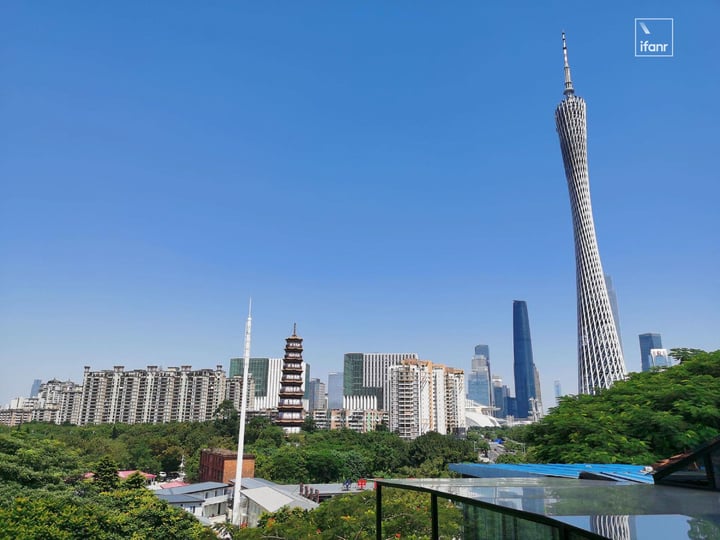
Sample, Huawei’s Mate30 Pro’s shooting continues Huawei’s traditional high brightness, high sharpness and outstanding detail imaging style. In a normal daytime environment, the Huawei Mate30 Pro captures clean, transparent images.
From the Guangzhou Tower and the buildings next to it, Huawei Mate30 Pro has very good detail reduction ability. It has good image resolution in the photos taken in 40 million high pixel mode or normal mode. Force and detail can be clearly restored.
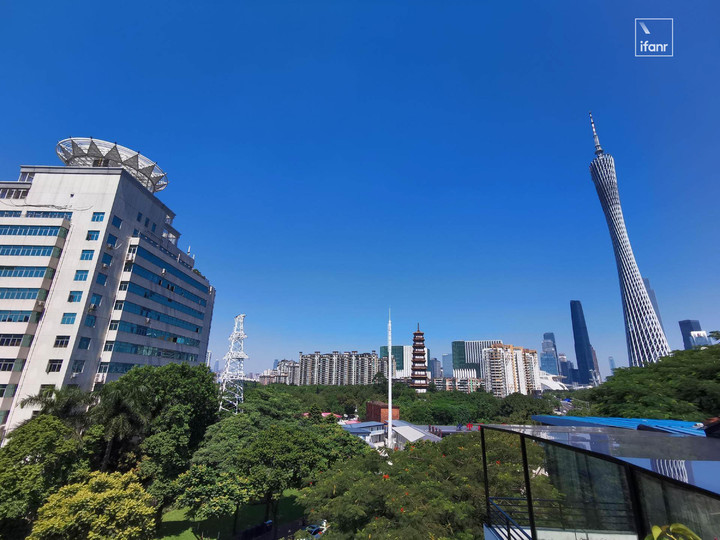
After switching to the super wide angle, the high resolution performance of the Huawei Mate30 Pro can be retained. Even if the distance of the building is far, you can still feel the same high resolution as the main camera. If you use high pixel mode under a super wide-angle lensGoing to shoot, the Huawei Mate30 Pro believes that it can also produce a more detailed picture.
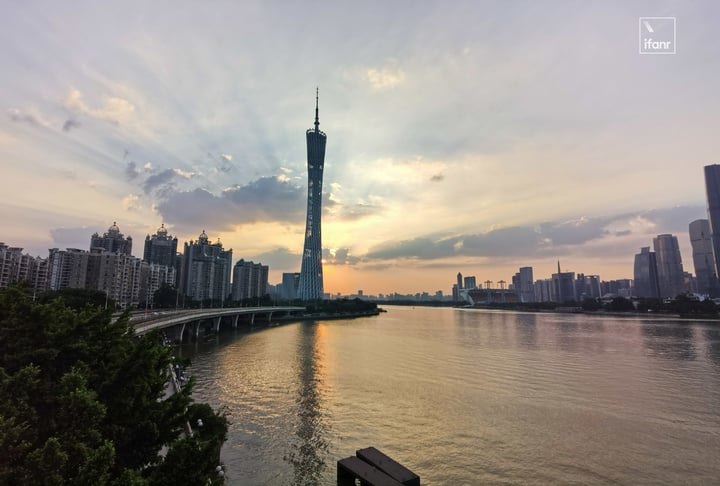
The Huawei Mate30 Pro with HDR mode shooting also has better imaging performance in a well-lit environment. HDR enhances the overall latitude of the picture, and the highlights in the clouds (especially the part near the sunset) can see more details, and the details of the windows on the surface of the tower and the windows next to it are preserved.
Moreover, the whole picture is relatively natural, HDR does not bring obvious side effects, and the availability of photos straight out is still very high.
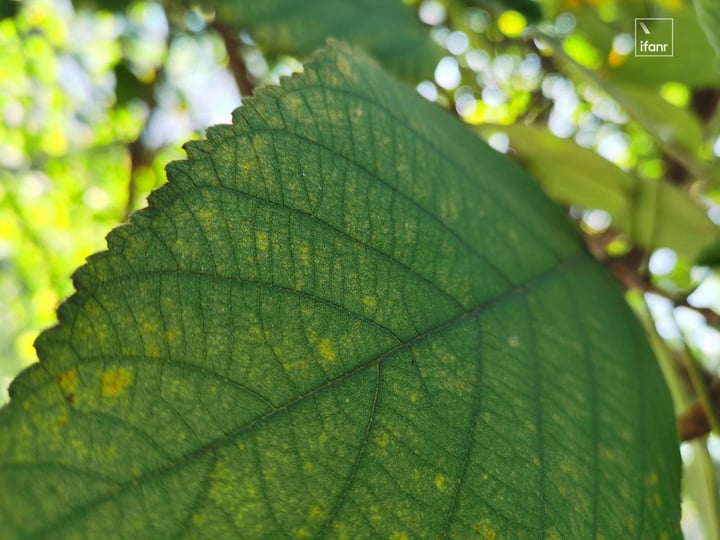
After replacing the higher-end sensor, the Huawei Mate30 Pro’s macro effect has also been significantly improved.
The texture of the leaves in the proofs has become clearer than before. After replacing the F1.8 large aperture, the Huawei Mate30 Pro can achieve a more natural and obvious blur effect when shooting at close range. For those who love to shoot food, Huawei Mate30 Pro can take more detailed food photos, they should like this upgrade very much.
In addition to the two high-pixel cameras, the Huawei Mate30 Pro is also equipped with an 8 megapixel, 80mm equivalent telephoto camera that achieves a 30x digital zoom.
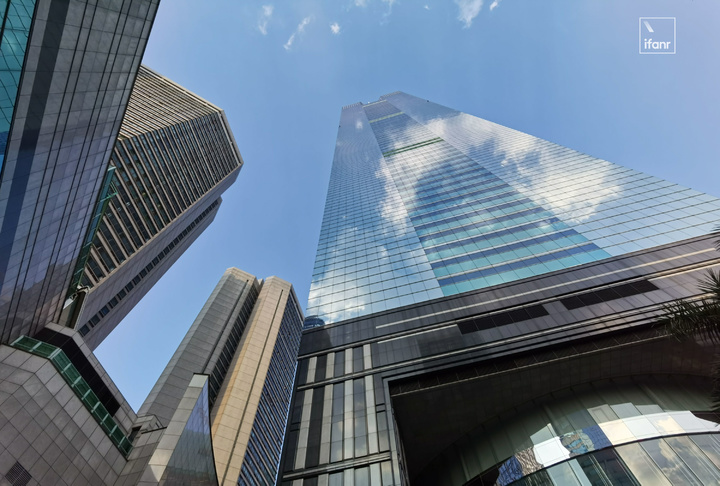 < /p>
< /p>
▲ Shoot with a super wide-angle camera
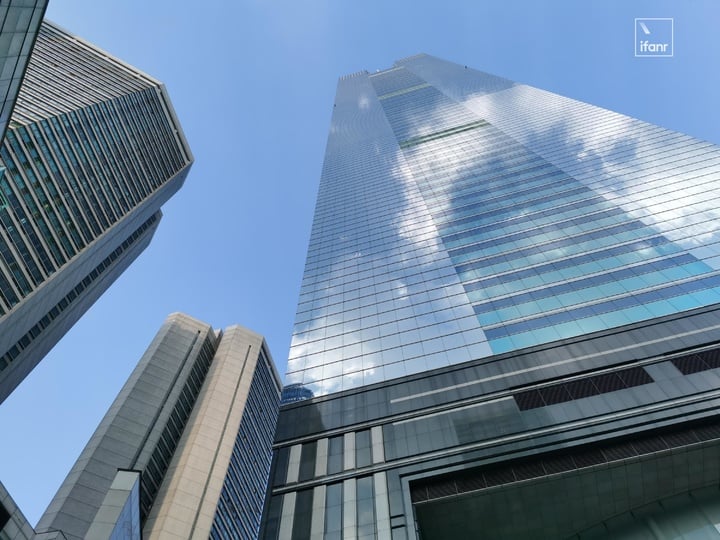
▲ Shooting with the main lens
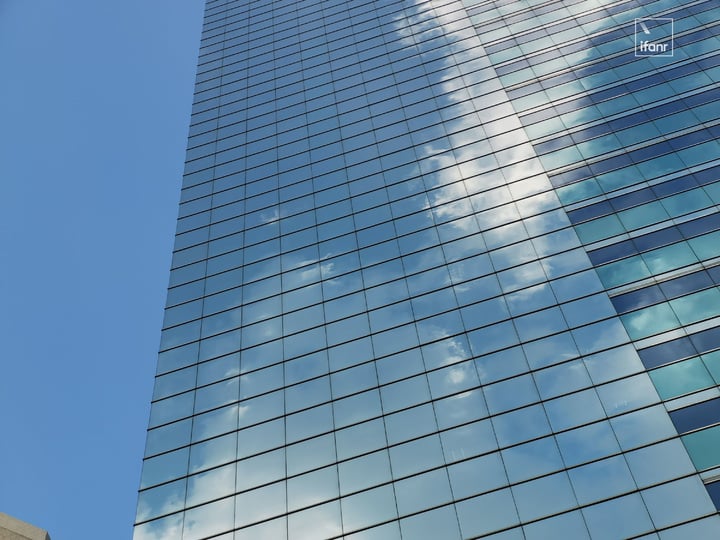
▲ Shoot with a telephoto lens
It can be seen from the sample of the zoom test that the Huawei Mate30 Pro has no significant change in quality from wide zoom to wide angle. After all, 40 megapixel sensors are used, which are output in the same pixel mode in normal mode. Although there are subtle differences in sensor size, there is basically no change in daylight.
When switching from wide-angle main shot to telephoto, the 8 megapixel telephoto lens also performs well, and the details of the architectural glass curtain wall are also prominent, and there is no rough feeling caused by low pixels.
In addition, there is currently no mobile phone to put high pixels on the telephoto lens, so the performance of Huawei Mate30 Pro can actually meet expectations.
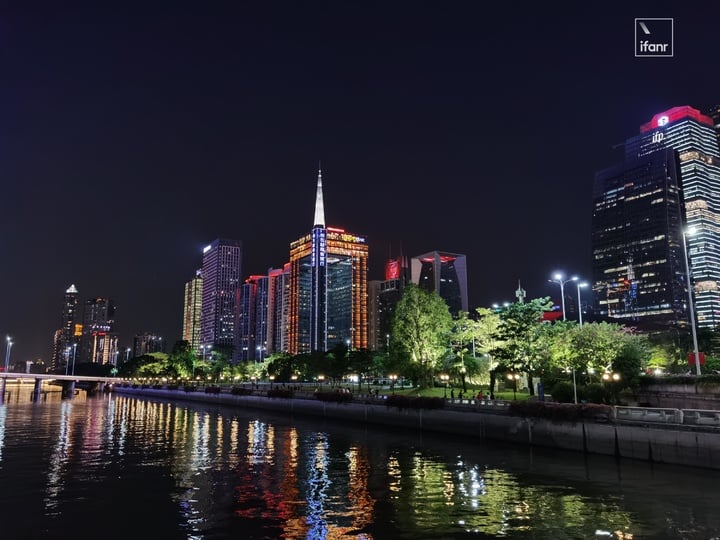
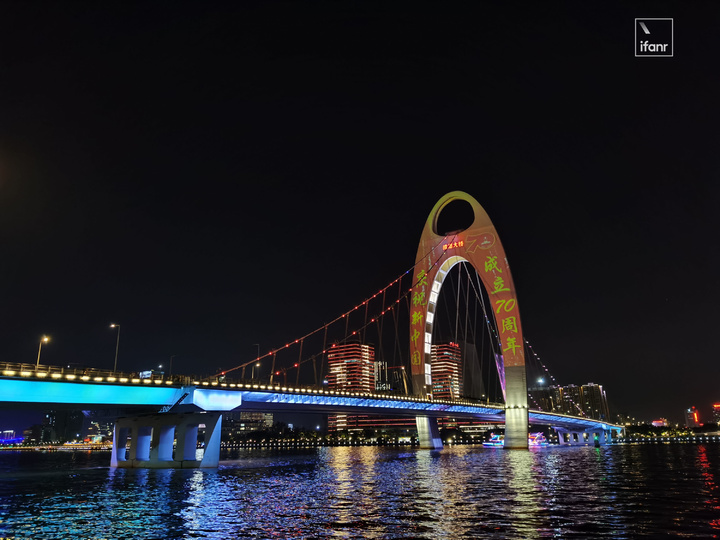
Night imaging has always been Huawei’s strength, and this time is no exception.
Huawei Mate30 Pro uses a 1/1.54 inch and 1/1.7 inch outsole for both wide-angle and wide-angle, so you can get good picture quality at night, and it’s normal to take a picture of the whole picture. Things. Facing the proofsIn this complex light environment, the Huawei Mate30 Pro can also maintain accurate color reproduction, and the highlight position of the light board does not show obvious over-exposure. The photo perception is quite comfortable.

When shooting buildings at night, the Huawei Mate30 Pro also delivers outstanding detail. When you play back photos directly on your phone, the details of the lights and glazing outside the building can be distinguished.
If you want to mention the features of the Huawei Mate30 Pro camera, the ability to shoot 7680fps ultra-high-speed photography is another update focus.
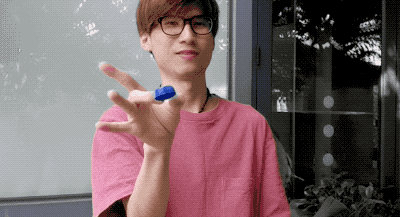
We used the 30fps animation to play back the Huawei Mate30 Pro’s 7680fps ultra-high-speed camera video, and its viewing angle impact is indeed much stronger than the 250fps or 960fps slow motion we used before.
In the 7680fps mode, the person is basically in a completely static state, and the high-speed flying cap becomes a slow-motion flight.
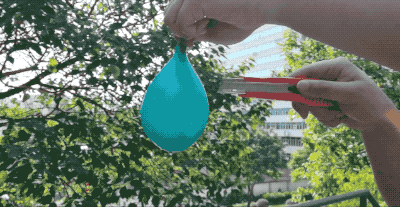
In addition, 7680fps ultra-high-speed photography when shooting the water bomb is pierced, we can still see the whole process of water bombs scattered from the ball in the 60fps mode, which is also in other slow motion modes. Something that is difficult to achieve. If you add short video capture in 7680fps mode, you should be able to shoot more creative works.
Click to view Mate 30 Pro Super Slow Motion Shot:
Used Kirin 990,No longerWorry EnergyandFever
The upgrade point of the Kirin 990 this year is mainly in terms of NPU performance and 5G baseband. Therefore, this year and the past years are differently divided into two versions: Kirin 990 and Kirin 990 5G.
Our Huawei Mate30 and Huawei Mate30 Pro are both 4G versions, equipped with the Kirin 990 processor.
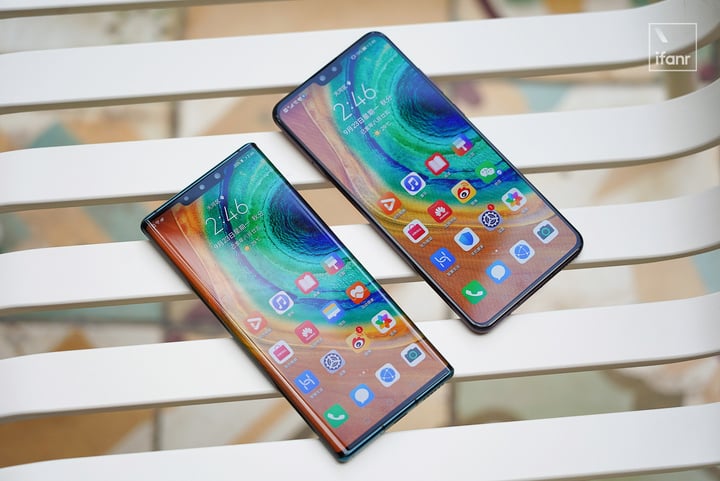
Parameters, Kirin 990 uses 7nm process technology, CPU architecture is 2. 2.86GHz frequency A76 big core + 2 2.09GHz frequency A76 medium core + 4 pieces 1.86GHz frequency A55 small core.
The Kirin 990 5G is upgraded in terms of architecture and small and medium-sized core frequencies, and is more advanced.At the same time, the 7nm+ EUV process has been upgraded to 2.36GHz and 1.95GHz, respectively, and has better processing performance in daily small and medium-sized tasks.
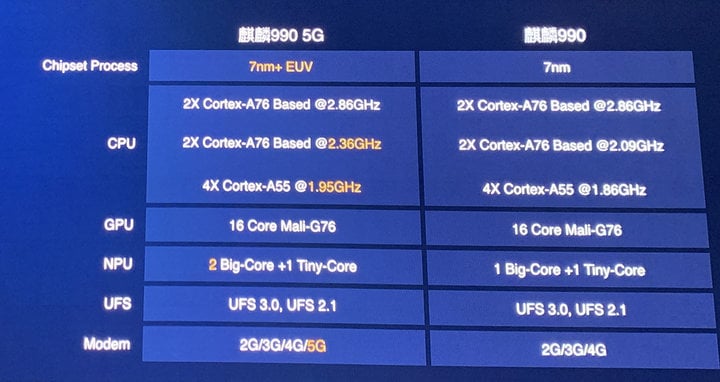
In terms of GPU, the Kirin 990 series uses the 16-core Mali-G76 for the first time. Compared with the Kirin 980, the bandwidth is up to 15% in high bandwidth scenarios such as heavy-duty games, but the power consumption is reduced by 12%.
In other words, “the power is greater, but the amount of food is less than before.”
In recent years, Huawei has been developing the NPU of the Kirin processor. We can see that the AI performance of mobile phones has doubled in almost every generation of Kirin chips.
This year, Kirin 990 adopted Huawei’s self-developed DaVinci architecture, and innovatively designed the “1 large core + 1 micro core” computing architecture. The 5G version uses the “2 large core + 1 micro core” computing architecture. Under the support of two large cores, the mobile phone implements multi-threaded AI operations.
For example, a high-performance NPU big core lets the phone quickly recognize objects in front of the camera, Immediately render video:
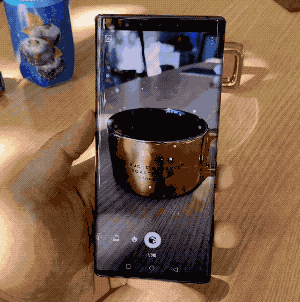
For example, low